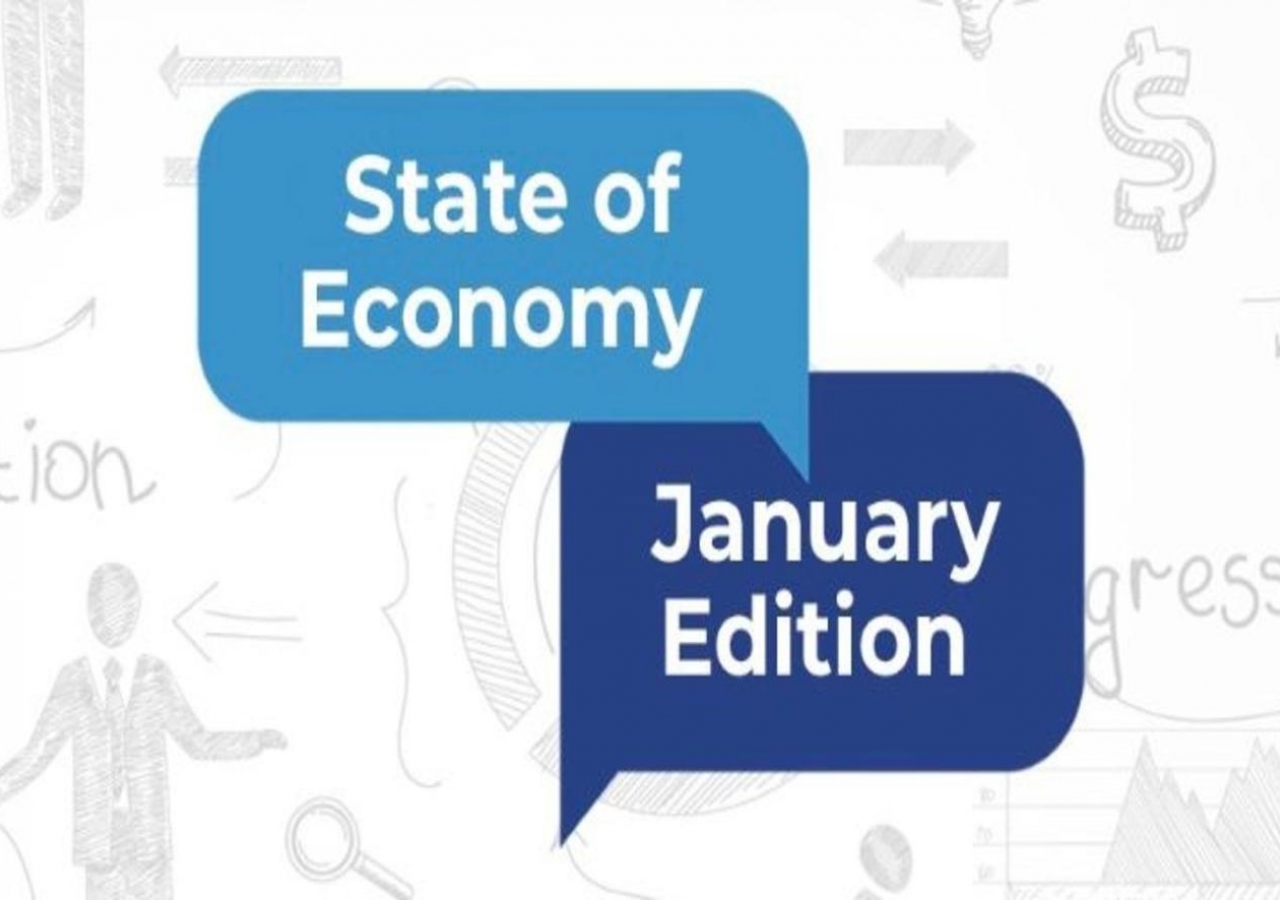At the beginning of 2025, let's explore four key trends in India that present opportunities for our jamat:
Indian consumer preferences are changing: India's consumption trends are rapidly evolving, reflecting a shift in priorities and lifestyle choices among its population. Recent data from the Ministry of Statistics and Programme Implementation (MoSPI) indicates that Indian households consistently allocate about 28-32% of their budgets to food,despite rising incomes, suggesting a persistent focus on essential needs. Alongside this, there is a notable increase in spending on protein-rich foods, while traditional staples see a decline, and expenditure on services like healthcare and education occupies a larger share of household budgets compared to manufactured goods. In parallel, the quick commerce sector is rapidly growing, driven by changing consumer expectations for speed and convenience, particularly among younger demographics who prioritize instant gratification. For our jamat, these changing consumption patterns and the rise of quick commerce present numerous opportunities. Community members can explore businesses focused on health-conscious food products or services catering to the growing demand for wellness and nutrition. Additionally,engaging in quick commerce by establishing hyper-local delivery services or partnering with existing platforms can help capitalize on the trend toward convenience.
Focus on sustainability and green jobs: As India navigates the challenges of sustainability and climate change, the focus on green jobs and renewable energy is becoming increasingly critical. These developments present numerous opportunities for our jamat to engage in the green economy. Community members can explore careers in renewable energy sectors, particularly in solar panel installation, maintenance, and green technology innovations. Additionally, as consumer awareness around sustainability grows, there is potential for entrepreneurship in areas such as sustainable agriculture and eco-friendly products. The rise of over 600 climate tech start-ups in India, many led by women entrepreneurs from tier-two and tier-three cities, highlights a vibrant ecosystem ripe for investment and innovation.
Boom of Indian hospitality sector: The hospitality sector in India is projected to grow from US$75 billion to US$125 billion by 2027, and hotel room rates are expected to increase by 8-10% in 2025, driven by strong leisure and business travel demand, the popularity of wedding tourism and religious tourism, and limited new supply. While branded hotels are gaining traction, independent and unbranded accommodations currently dominate the market, accounting for around 68% of the total lodging supply. If any of our jamati members are in the hotel industry, they can capitalize on this trend by offering unique cultural experiences in their hotels and catering to the growing demand for wellness and experiential travel. Even if you don’t own a hotel, you can still engage in hospitality-related services by offering consultancy services, attending hospitality trade shows, creating travel packages, or developing event planning businesses.
Mobility and migration trends: While historically, Canada and the US have been favored destinations for Indian migrants, recent geopolitical tensions and restrictive visa regulations have led many to reconsider their plans and explore other countries like the UK and Australia. Despite these migration trends, our jamat is advised not to overlook the phenomenal study and work opportunities within India. Students should prioritize finding the best study institutes in their field of interest rather than simply opting for the allure of studying abroad. Similarly, professionals, while comparing their per-hour remuneration, should also not overlook the purchasing power parity equation, which considers the higher cost of living in foreign countries. The above-highlighted trends, along with many other evolving trends, indicate a dynamic future characterized by both challenges and opportunities that call for adaptability and proactive engagement from our jamat to successfully operate within the broader socio-economic landscape.
Sources:
• https://www.indiabudget.gov.in/economicsurvey/
• https://pib.gov.in/PressReleaseIframePage.aspx?PRID=2090875
• https://www.india-briefing.com/news/indias-economic-report-card-for-2024...
• https://www.businesstoday.in/magazine/columns/story/for-indias-discernin...
• https://www.caliberco.com/2025-outlook-for-the-hospitality-sector/
• https://www.mordorintelligence.com/industry-reports/hospitality-industry...
• https://voyagersworld.in/looking-ahead-to-2025-entering-a-transformative...
• https://inc42.com/features/indian-ecommerce-in-2025-quick-commerce-marke...
• https://www2.deloitte.com/in/en/pages/tax/articles/in-tax-pre-budget-exp...
• https://www.weforum.org/publications/the-future-of-jobs-report-2025/
• https://blogs.worldbank.org/en/peoplemove/indias-great-student-out-migra...
• https://www.forbes.com/sites/stuartanderson/2024/04/25/indians-immigrate...
• https://www.franklintempleton.com/articles/2025/equity/india-outlook-2025
• https://www.ey.com/en_in/services/tax/india-economic-pulse
If any member of the Jamat wants clarification on the above circular or wants to share his views, they can write
to us on [email protected]








